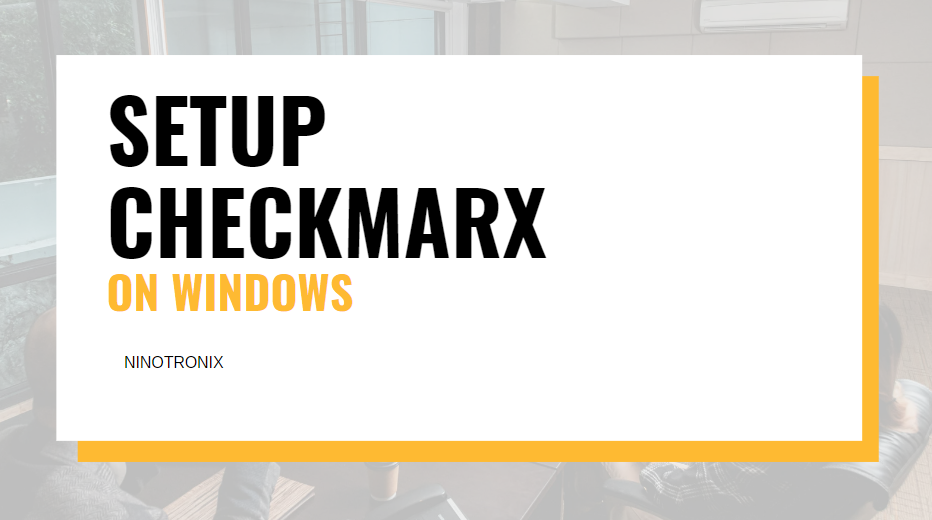Setting Up Checkmarx on Windows 7+ : Guide for Secure Development


Introduction
In the modern software landscape, security has become paramount. Integrating tools like Checkmarx into your development process can help you identify and mitigate vulnerabilities early. This guide will take you through the steps of setting up Checkmarx on a Windows environment, ensuring your applications are developed with security in mind.
Step 1: Prerequisites
Before diving into the installation, ensure you have the prerequisites in place. You’ll need a Windows-based machine with administrative privileges, Microsoft .NET Framework installed, and an active internet connection. Additionally, create an account on the Checkmarx website to access the necessary resources.
Step 2: Download and Install Checkmarx
- Download Installer: Log in to your Checkmarx account and navigate to the downloads section. Choose the appropriate version of Checkmarx for Windows.
- Run Installer: Execute the downloaded installer file and follow the on-screen instructions. Choose your preferred installation directory and configure any settings according to your requirements.
- Database Configuration: During the installation, you’ll be prompted to set up a database. Choose the recommended database option and provide the required details.
Step 3: Configure Checkmarx Server
- Access the Web Interface: Once the installation is complete, open your web browser and access the Checkmarx web interface using the provided URL.
- Initial Setup: You’ll be guided through an initial setup process. Configure your administrator account, organization details, and other necessary settings.
Step 4: Integrate with Your Development Environment
- IDE Plugins: Checkmarx offers plugins for various Integrated Development Environments (IDEs). Install the relevant plugin for your preferred IDE to enable seamless integration.
- Scan Your Code: Open your project in the IDE, and initiate a code scan using the Checkmarx plugin. The tool will analyze your code for vulnerabilities and provide a detailed report.
Step 5: Analyze and Remediate Vulnerabilities
- Review the Report: Checkmarx generates a comprehensive report highlighting vulnerabilities found in your code.
- Prioritize Fixes: Analyze the report and prioritize fixing the identified vulnerabilities based on severity and potential impact.
- Collaborate: Share the report with your development team, and collaborate on implementing fixes to address the vulnerabilities.
Conclusion
By setting up Checkmarx on your Windows environment, you’ve taken a significant step toward ensuring the security of your applications. Regularly scan your code, fix vulnerabilities, and stay proactive in your approach to secure development. With Checkmarx as your ally, you can build applications that are robust and resilient against potential threats.
In conclusion, this guide has provided a comprehensive overview of setting up Checkmarx on a Windows environment for secure development. By following these steps, you’ll be well on your way to enhancing the security posture of your applications and minimizing the risk of vulnerabilities. Remember, security is an ongoing process, so make it a practice to regularly scan, analyze, and remediate vulnerabilities using Checkmarx. Your software’s security is in your hands.
Checkmarx, application security, code analysis, software vulnerability, security testing, static analysis, dynamic analysis, software composition analysis, secure coding, DevSecOps, cybersecurity, secure development, code review, vulnerability management, code scanning, code inspection.


